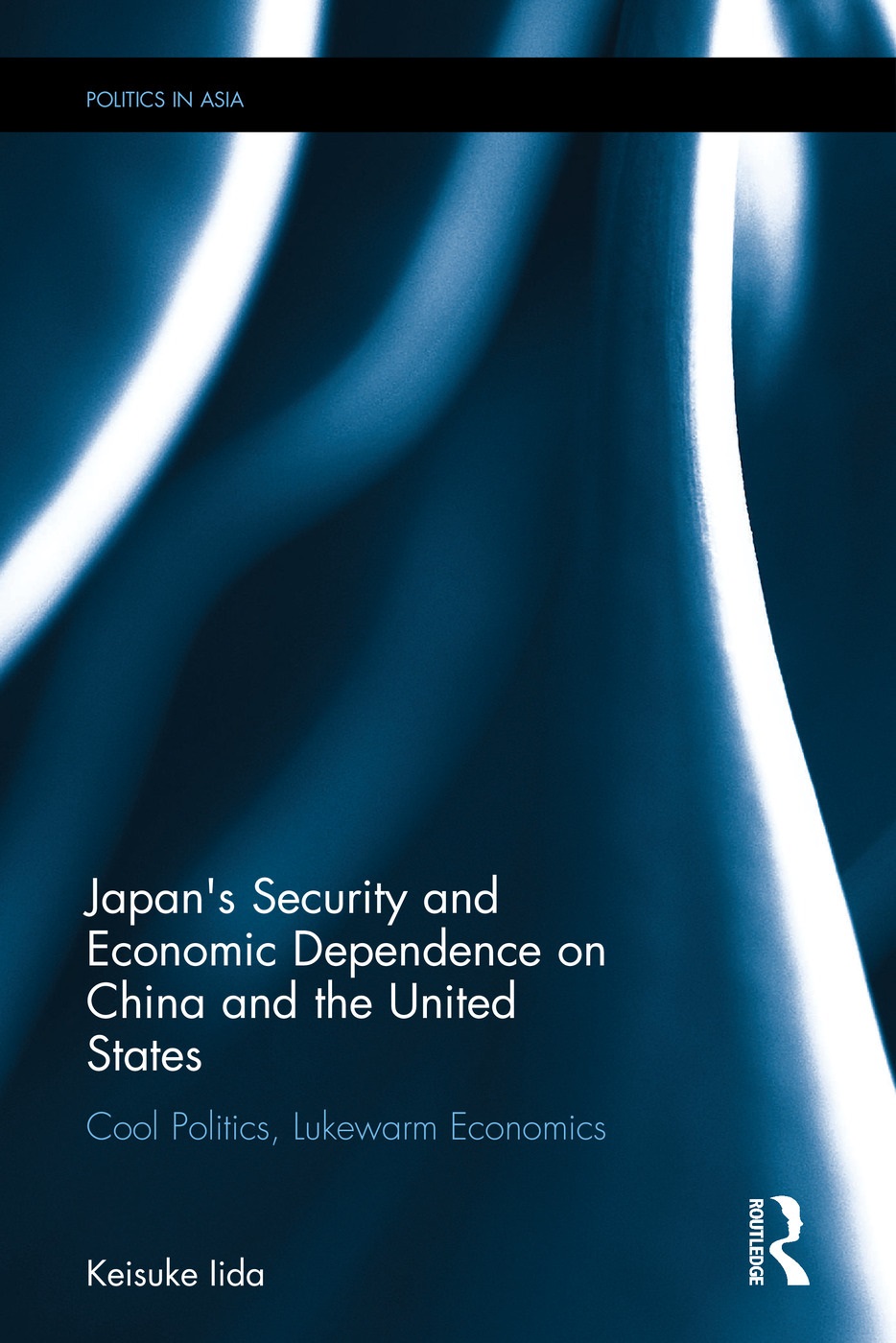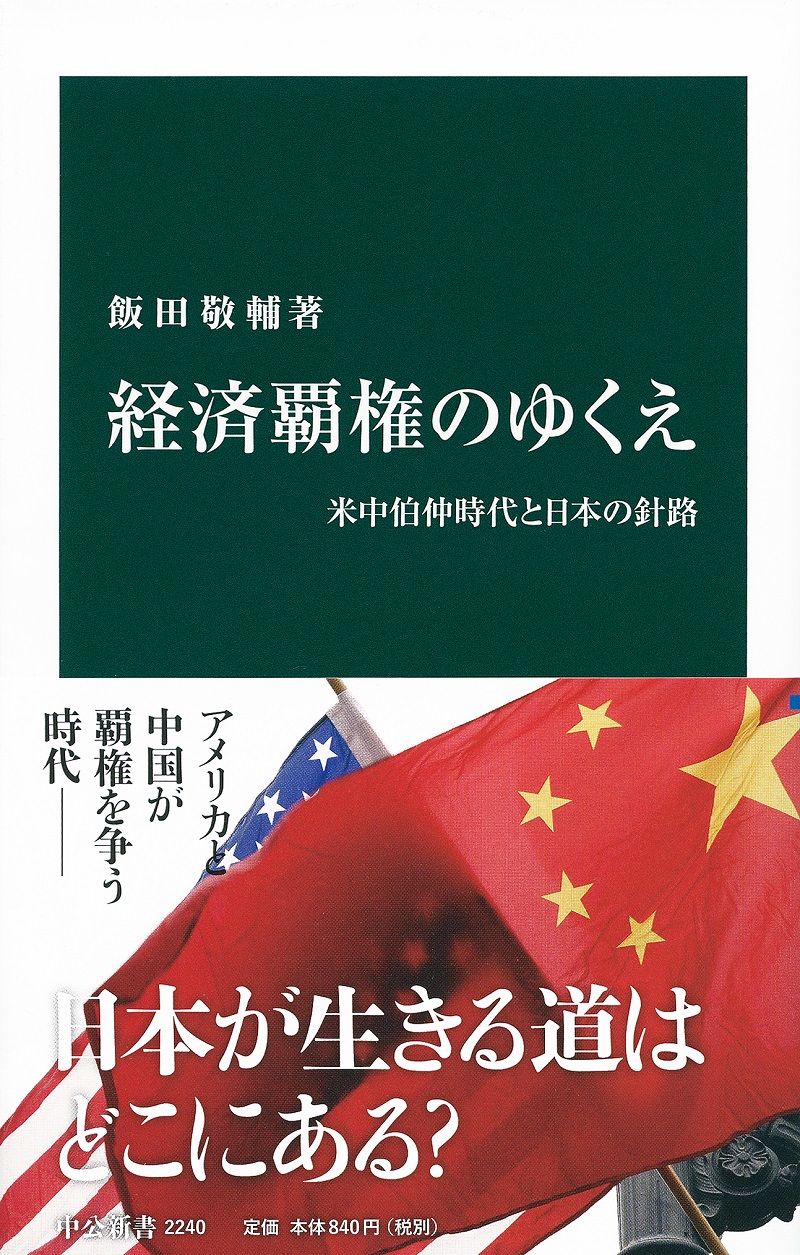
Title
Politics in Asia Series Japan’s Security and Economic Dependence on China and the United States Cool Politics, Lukewarm Economics
Size
206 pages, hardcover
Language
English
Released
2018
ISBN
9781138120105
Published by
Routledge
Book Info
See Book Availability at Library
Japan’s Security and Economic Dependence on China and the United States
Japanese Page
This is a monograph on Japanese Foreign Economic Policy, analyzed from the perspective of the security-economic nexus. There are already a great number of published works on Japanese Foreign Economic Policy, and it is not easy to make an original contribution. However, I noticed that the amount of work using the security-economic nexus perspective is insufficient. Thus, I conducted research on this topic using recent cases, and the result is the present book.
The book starts with the concept of the “East Asian paradox” to provide a snapshot of the state of international relations in East Asia. This expression has its origins in the popular saying “Cool Politics, Hot Economics,” which was used often in the early 2000s. It means that despite the high level of security tensions in East Asia, the level of economic interdependence remains high. The situation is paradoxical for the following reasons.
The theories of International Relations can be broadly divided into two schools of thought: Realism and Liberalism. The Realist theory states that the normal state of affairs in international relations is one where both the level of security and that of economic interdependence are low. The Liberal theory, on the other hand, says that the converse (high security and high economic interdependence) is also possible under certain circumstances. I call the former a “Realist equilibrium” and the latter a “Liberal equilibrium.” In East Asia, however, the level of security is low (security tensions are high) and the level of economic interdependence is high, which means that neither Realism nor Liberalism can explain this situation.
In order to solve this puzzle, I listed all of the conceivable factors that force the situation away from the Realist and Liberal equilibria. In my view, this is the most important theoretical contribution of the book.
While space limitations preclude me from explaining all the “disturbance” factors, let me mention three of them. The first factor is what I call economic statecraft, which artificially creates high economic interdependence in order to improve the security situation. This makes an exit from the Realist equilibrium possible.
The second factor is the Hirschman effect (after the late Albert Hirschman). He posited that high economic interdependence engenders economic vulnerability, at least on one side of interdependence, and the other side has an incentive to take advantage of this vulnerability.
Finally, there is the Waltzian effect (after the late Kenneth Waltz). He said that high economic interdependence can give rise to serious economic conflicts, which could then escalate into security crises.
In the remainder of the book, I outline several case studies. China’s 2010 rare earth embargo is an example of the Hirschman effect. Japan’s importation of shale gas and its formation of the Trans-Pacific Partnership (TPP) agreement illustrate economic statecraft.
Although it was not very clear at the time of writing this book, the escalation of the US-China conflict during the Trump administration may be an illustration of the Waltzian effect, but a definitive conclusion cannot be reached yet.
(Written by IIDA Keisuke, Professor, Graduate Schools for Law and Politics / 2020)
Table of Contents
Tables
Japanese and Asian Terms and Conventions
List of Abbreviations
Preface
Acknowledgments
Chapter 1: The East Asian Paradox
Chapter 2: Insecurity and Economic Interdependence in East Asia
Chapter 3: Rare Earth: China’s Economic Coercion and the Demise of Chinese Monopoly
Chapter 4: Shale Gas and Oil: Japan’s Quest for Alternative Sources of Energy
Chapter 5: Trade Agreements as Geo-economic Instruments
Chapter 6: Japanese Investment in China and ‘China-Plus-One’
Chapter 7: Conclusions
BIBLIOGRAPHY
INDEX



 Find a book
Find a book


